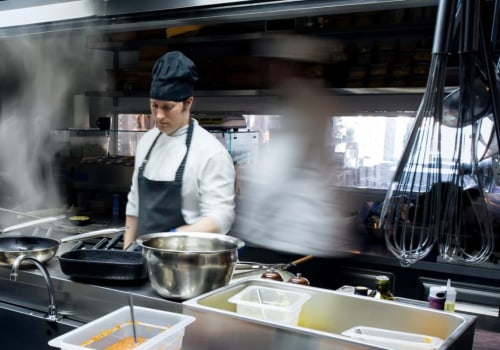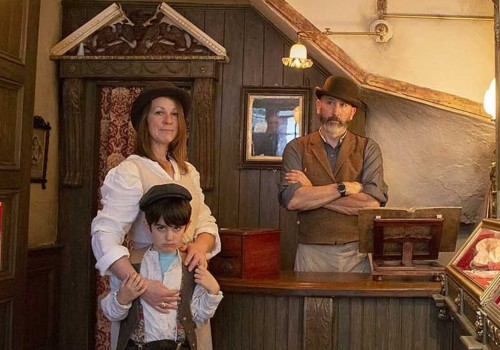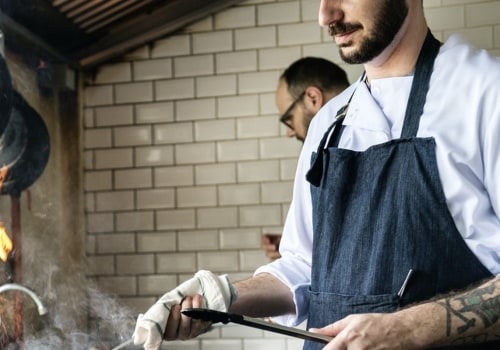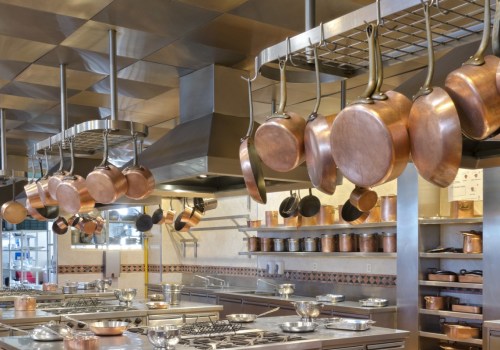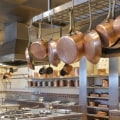Ghost kitchens allow you to expand your restaurant to multiple locations quickly with minimal initial investment. Now, there's most likely a ghost kitchen in your neighborhood. There are still limits to the kind of concepts that work, even in a vast virtual world. Creating an online-only brand requires attracting a market large enough to buy what you're selling.
That's a lot of chicken wings, a lot of cereal bowls and sandwiches and pasta, things that go well together, says Freihofer, strategist at Culinary Edge. The rise of ghost kitchens happened gradually, and then suddenly. But don't expect them to disappear as quickly as they arrived. For example, today's ghost kitchens are limited by foods that “travel well”, leading to an abundance of menu items, such as cereal bowls, sandwiches and pizza.
A ghost kitchen is a professional food preparation and cooking facility created to prepare meals only at home. Wendy's, for example, plans to open 700 new ghost kitchens by 2025, while Chipotle, Five Guys and even retailers like Walmart and Kroger have entered this space in ways that make sense for their businesses. Now, “everyone I talk to in the food industry understands what a ghost kitchen is,” Barnett says. As demand for food delivery grows, ghost kitchens help restaurateurs by creating spaces dedicated to the home delivery market.
The old guard of the restaurant media prefers the concepts of industry veterans, but ghost kitchens can use the DTC strategy manual to successfully define a virtual brand, grow that brand with their own and paid means, and leverage consumer data to generate repeat orders with promotions and loyalty programs. Ghost kitchens are small, agile and technologically intelligent, qualities that are attractive and appreciated by customers. The increasing popularity of off-site orders has contributed to the increase in the number of ghost kitchens. Once they do, the flexibility of the model will allow them to find an approach that suits their needs, even if their needs are very different from those of the ghost kitchen brand of the future.
Michael Schaefer, Euromonitor's global beverage director for 26% of food, called it “one of the main drivers of growth in the ghost kitchen market”. Falling demand could mean fewer tenants for shell kitchen companies and virtual brand food orders. The rise of the collaborative economy has led to a massive increase in the number of delivery drivers, which has equipped establishments such as ghost kitchens with the methods necessary to transport their orders. The possibility of obtaining higher margins is what arouses the interest of restaurant owners and encourages them to research more about ghost kitchens.
Saleh told attendees that he had spoken to a restaurant operator, who said he would pay the same amount for a 200-square-foot space in a ghost kitchen as for a 3,000-square-foot restaurant in the same market.
